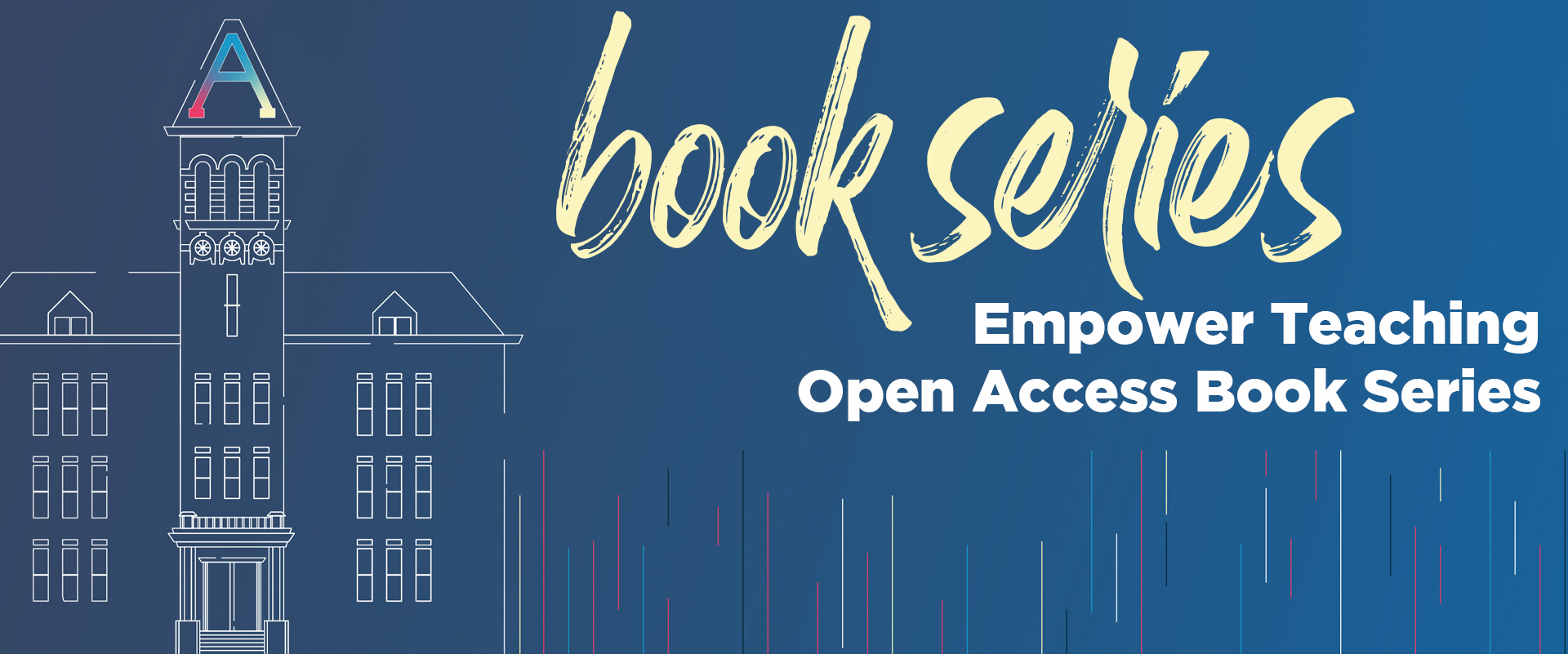Document Type
Chapter
Journal/Book Title/Conference
Making Connections: A Handbook for Effective Formal Mentoring Programs in Academia
Editor
David Law & Nora Domínguez
Publisher
Utah State University
Publication Date
5-15-2023
First Page
131
Last Page
150
Creative Commons License

This work is licensed under a Creative Commons Attribution-Noncommercial-No Derivative Works 4.0 License.
Abstract
A university’s mission and vision statements are the guiding documents that create a framework by which the institution can accomplish its goals. All university initiatives are tied back to that mission and vision, and alignment is essential for university support of bottom-up initiatives. No matter how mentoring is structured, one area that is essential is proper internal institutional support and alignment with the mission of the institution. Focusing on the context in which the formal mentoring program occurs, this chapter outlines the importance of executive support, mission and vision alignment, incentivizing participation for both mentors and mentees, and how mentoring can fit into larger retention efforts. This chapter discusses the resources necessary to create a program as well as the stakeholders necessary to create a successful, institutionally supported program. In addition, the chapter will focus on challenges, barriers, and pitfalls that administrators should consider as they undertake a mentoring program. This chapter stresses the importance of the organization to make explicit the goals, objectives, and outcomes. It also highlights the often-overlooked alignment between the individual and university outcomes.
When a university creates programming that aligns with the vision and mission of the university, aligns with the goals and initiatives of the university, and has clear support of leaders on both the faculty and administrative side, the chances for success of those initiatives goes up significantly. A formalized mentoring program is no different, and this chapter uses research, observation, and specific experiences to outline the framework, processes and barriers and pitfalls that institutions may encounter on the path to creating an intentional, mission aligned mentoring program.
While many aspects of this process are vital, this chapter will focus on the belief that proper administrative support, buy-in and alignment with university mission, vision, and goals are essential for this process. No amount of work in any other area can compensate for lack of institutional support.
Recommended Citation
Taylor, James Y. and Dart, Greg, "Chapter 6- The Mentoring Context: Securing Institutional Support and Organizational Alignment" (2023). Making Connections. Paper 8.
https://digitalcommons.usu.edu/makingconnections/8



